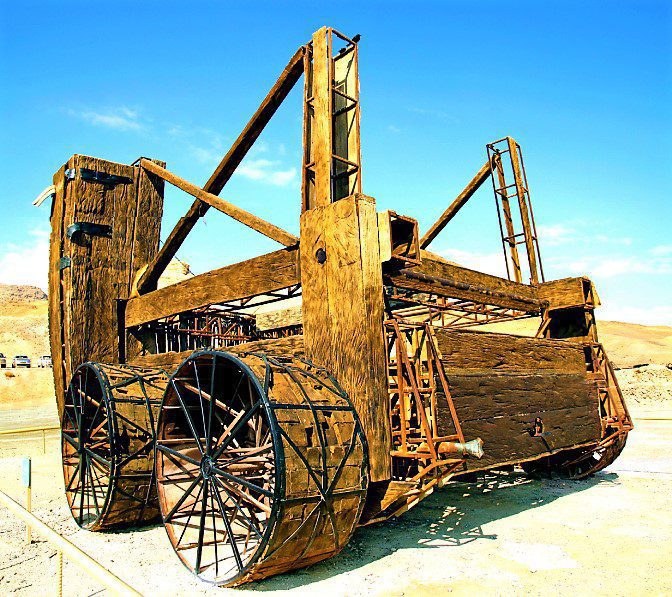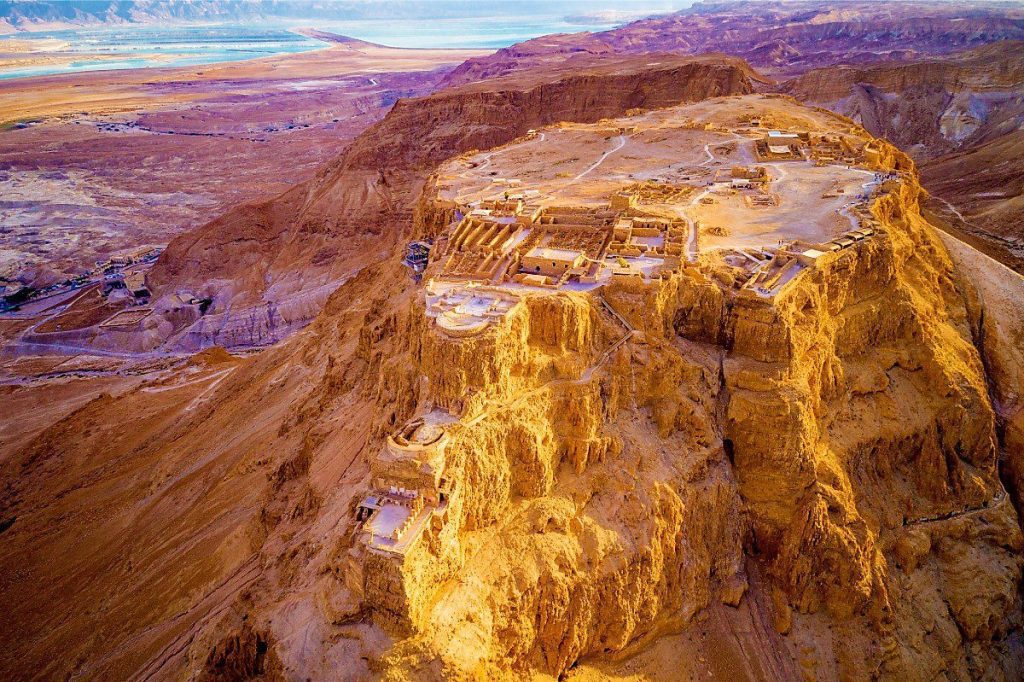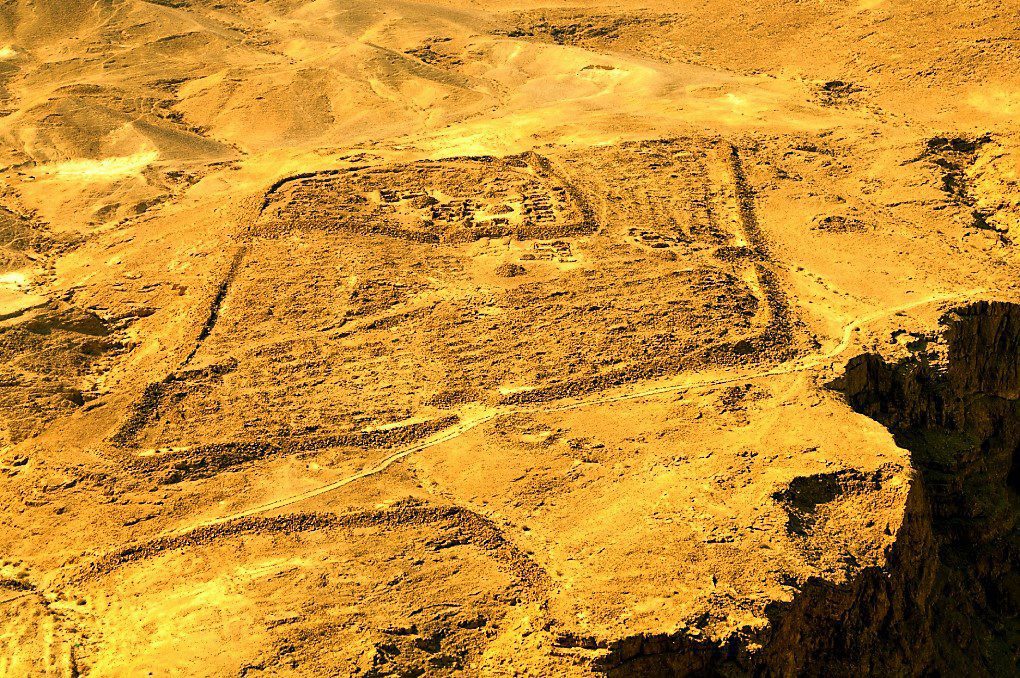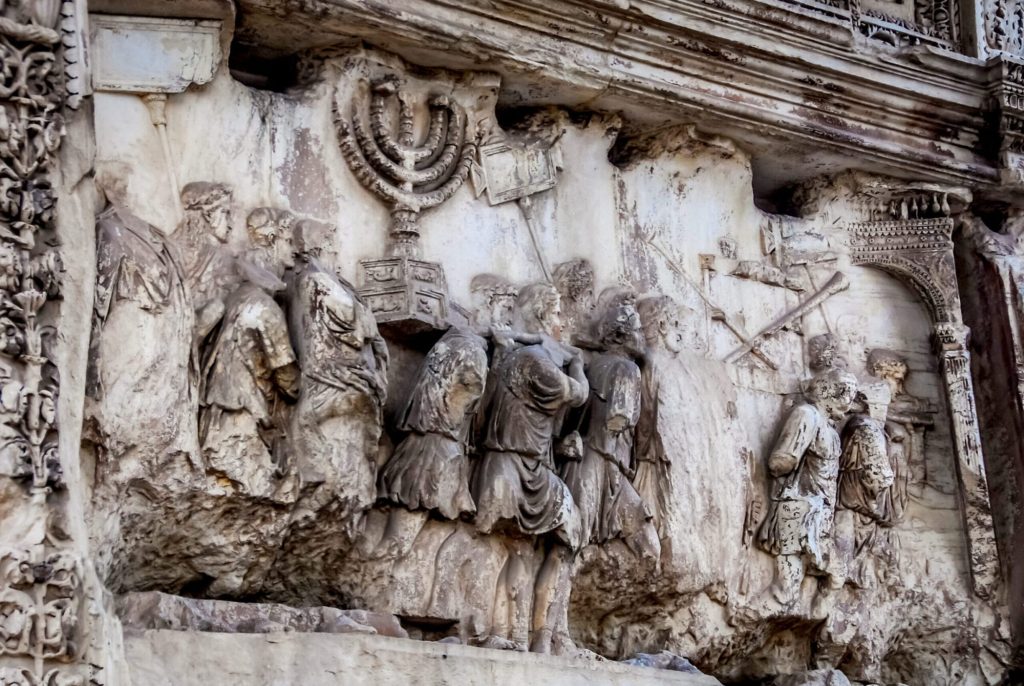The Great Revolt, also known as the Jewish Revolt or the First Jewish-Roman War (66-73 CE), stands as a watershed moment in Jewish history, marked by intense resistance against Roman rule and the catastrophic destruction of Jerusalem and the Second Temple. In this post, we delve into the causes, events, and consequences of the Great Revolt, highlighting its significance and enduring impact.
The Weapons of the Roman Army

So the First Jewish-Roman War was rooted in longstanding tensions between the Jewish population and the Roman Empire. Factors contributing to the revolt included religious, political, and socioeconomic grievances. Furthermore, the Roman occupation of Judea, heavy taxation, the erosion of Jewish autonomy, and the appointment of corrupt or oppressive rulers fueled discontent among the Jewish population, leading to growing calls for resistance.

The Outbreak of the Revolt:
The revolt was triggered by a series of events, including a massacre of Jewish pilgrims in Caesarea, the Roman desecration of the Temple, and widespread frustration with the ruling class. In 66 CE, a revolt broke out in Jerusalem, quickly spreading throughout Judea and eventually encompassing other regions with significant Jewish populations. Jewish rebel groups, including the Zealots and Sicarii, played a central role in the resistance.

Jerusalem and the Siege:
The Roman response to the revolt was swift and brutal. In 70 CE, after a prolonged siege, the Roman general Titus and his forces breached the walls of Jerusalem. The subsequent destruction of the Second Temple, the spiritual and political heart of Judaism, remains one of the most devastating events in Jewish history. The city was looted, and many Jewish rebels and civilians perished or were taken captive.

Masada and the Last Stand:
Although Jerusalem had fallen, pockets of resistance continued. The fortress of Masada, a symbolic stronghold, became the final bastion of Jewish resistance. Led by Eleazar ben Yair, a group of Jewish rebels held out against the Roman forces for several years. In 73 CE, facing certain defeat, the defenders of Masada chose mass suicide over surrender, epitomizing the resilience and defiance of the Jewish people.
Emperor Titus

Ultimately the Great Revolt had far-reaching consequences for the Jewish people and the Roman Empire. The destruction of the Temple shattered the religious and political center of Judaism, forcing a transformation in Jewish worship and diaspora communities. Moreover, the Jewish people were dispersed throughout the Roman world, leading to the preservation and development of Judaism in new lands. Furthermore, the revolt also solidified Roman dominance and led to the restructuring of Judea as a Roman province.
Second Temple Jewish Sectarianism

Collective Memory and Symbolism:
So the Great Revolt has remained etched in the collective memory of the Jewish people as a symbol of resilience, sacrifice, and the struggle for freedom. Furthermore, the events of the revolt have inspired numerous literary works, artistic representations, and commemorative practices, reminding successive generations of the price paid for Jewish identity and the yearning for self-determination.

In conclusion: The Great Revolt was a pivotal event in Jewish history, marked by a courageous and desperate struggle against Roman domination. The revolt’s profound impact on Jewish life, the destruction of Jerusalem and the Temple, and the subsequent diaspora shaped the trajectory of Judaism for centuries to come. In addition, remembering the Great Revolt allows us to reflect on the complexities of power, resistance, and the enduring quest for freedom in the face of oppression.







